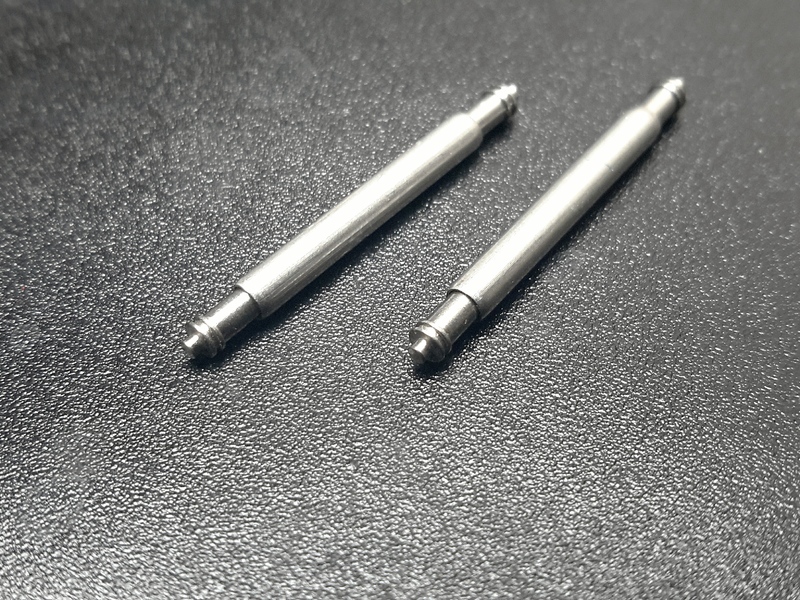Customized Buildings For The Modern Era
In the ever-evolving world of building design, the demand for customized design in modern buildings has never been more evident. As cities continue to grow and urban planning becomes increasingly complex, building owners and architects are faced with a multitude of challenges, including optimizing spaces, строительство мультитемпературных складов reducing expenses, and ensuring environmental responsibility.
One of the primary reasons why tailored design is essential in modern structures is its ability to cater to the specific needs of occupants. A standardized approach often leads to spaces that are inadequately utilized or even become redundant in the long run. In contrast, customized design enables architects to create tailored environments that take into account the practical, aesthetic, and technical requirements of occupants. This ensures that structures are optimized for maximum productivity and productivity.
Another significant benefit of customized design is its potential to enhance the user experience. When buildings are designed with individual needs in mind, users are more likely to feel a sense of identification and contentment. This, in turn, can have a profound impact on output, educational achievement, and even overall well-being.
Customized design can also help create a unique sense of self for a structure or company, making it stand out from comparable structures.
Customized design is also crucial in today's increasingly competitive market, where businesses are constantly seeking ways to distinguish themselves. A building that is specifically tailored to a company's brand and principles can serve as a powerful marketing tool, attracting customers and employees alike. Moreover, customized design can be a key driver of income growth, as it enables businesses to create unique marketing points and establish a strong online presence.
In addition to these benefits, customized design can also play a significant role in reducing expenses and environmental impact. By optimizing space planning and selecting supplies and infrastructure that meet specific requirements, architects can minimize waste, reduce energy consumption, and improve overall environmental responsibility.
Customized design can also involve incorporating innovative supplies and technologies, such as living walls, solar panels, and energy-efficient systems, which can significantly reduce a structure's environmental impact.

Finally, there is a growing recognition of the importance of social responsibility in building design. Customized design can enable architects to create buildings that are accessible and responsive to the needs of diverse populations. This can include features such as accessible entrances and facilities, adaptable offices, and community spaces that foster exchange and growth.
In conclusion, customized design is an essential component of modern building practice, offering numerous benefits for occupants, users, and the environment. By prioritizing individual needs, enhancing user experiences, and promoting environmental responsibility, customized design can help create structures that are not only practical and productive but also aesthetically pleasing and distinctive and environmentally friendly.
Designed by sketchbooks.co.kr / sketchbook5 board skin
Sketchbook5, 스케치북5
Sketchbook5, 스케치북5
Sketchbook5, 스케치북5
Sketchbook5, 스케치북5